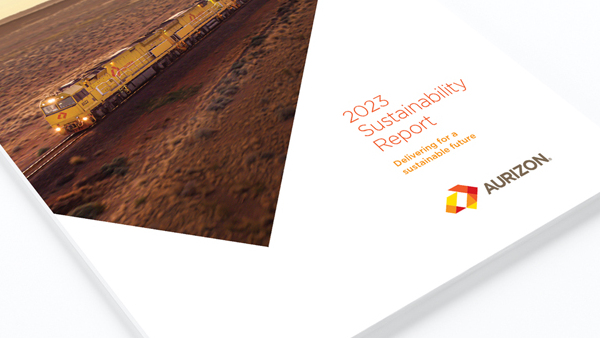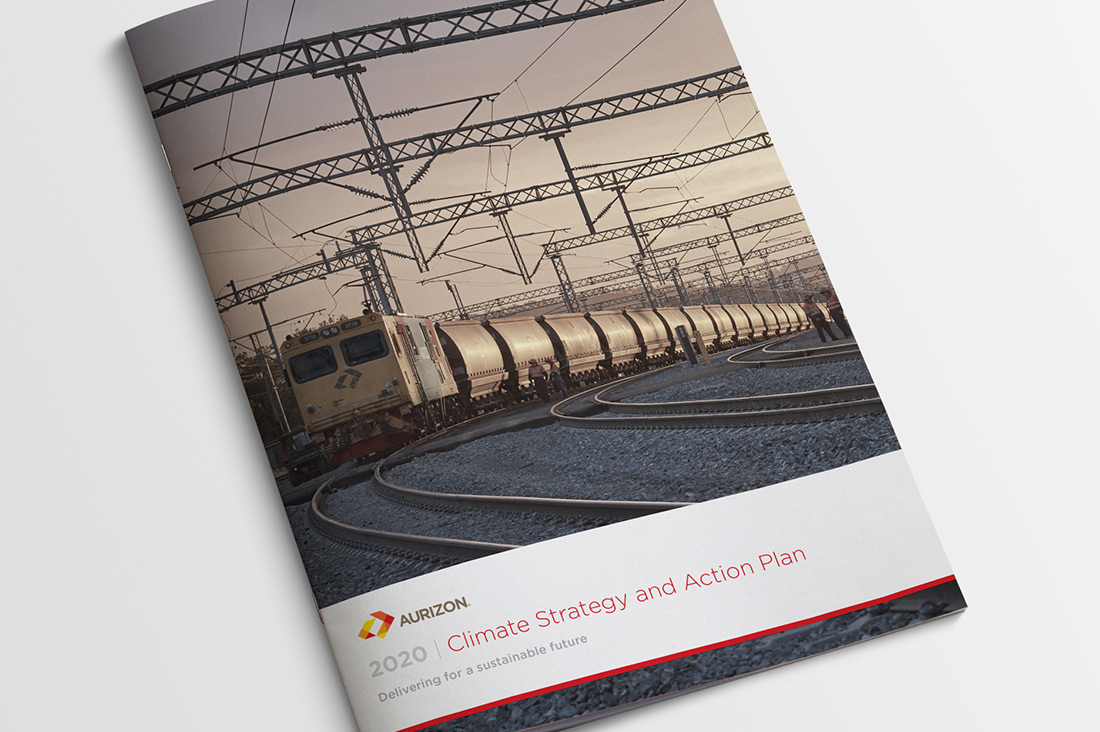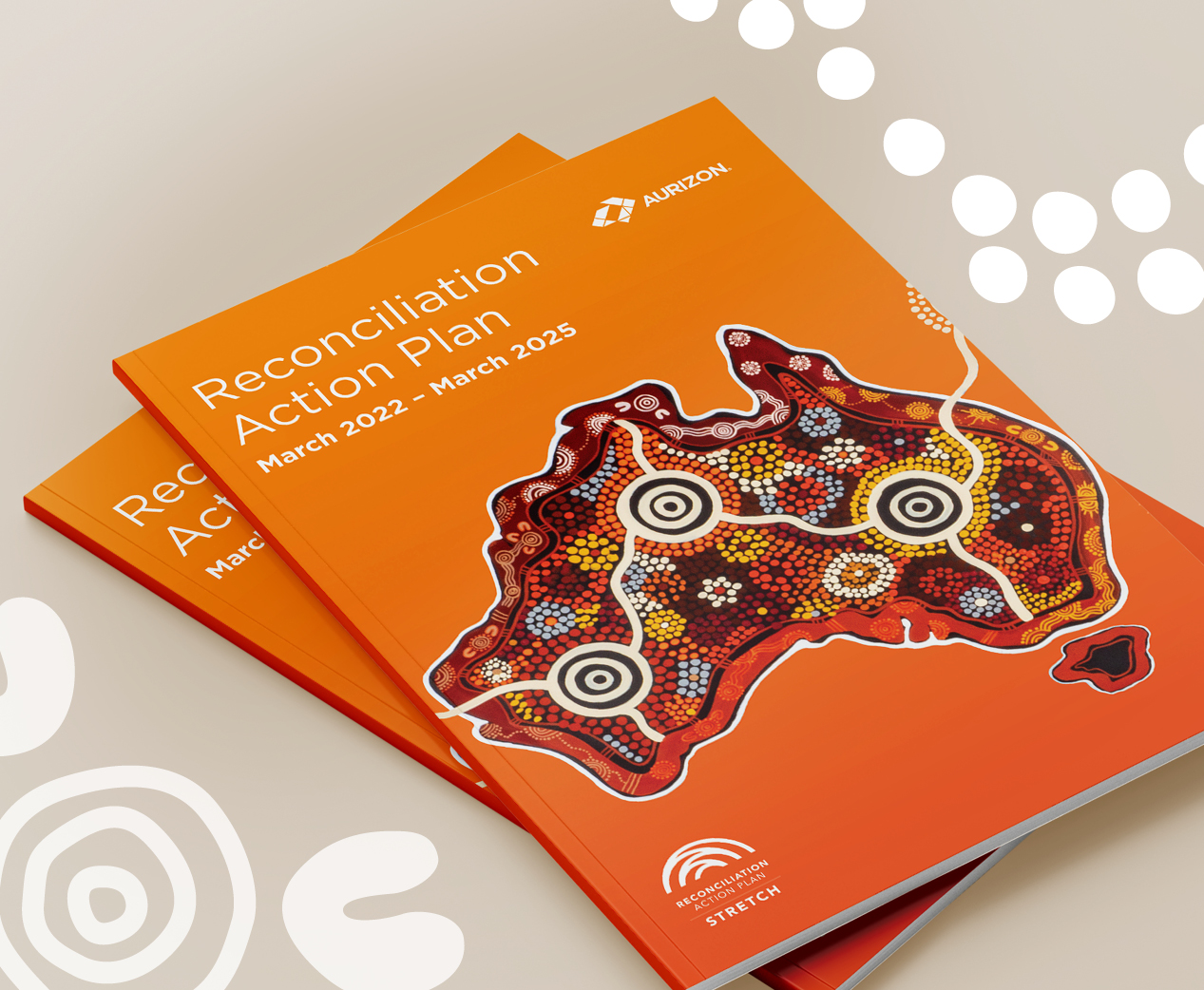Supporting long-term sustainable growth.
Our commitment to sustainability
Aurizon is committed to building a more sustainable future for our communities, customers and stakeholders.
Watch the short animation to get an insight into the progress we have made to date and how we are determined to do even more, as we continue striving to net-zero operational emissions by 2050.
2023 Sustainability Report
Our latest Sustainability report demonstrates the progress we have made with key sustainability initiatives during the past twelve months.
We recognise the importance of being transparent on how we manage the risks and opportunities related to environmental, social and governance criteria.
Emissions calculator
Rail is the safest and most environmentally-friendly mode of land freight transport, delivering significant greenhouse gas emissions intensity benefits when compared to road freight transportation (dependent on commodity and length of haul).
Enter details below to see just how much bulk transportation by rail could potentially save in fuel consumption and greenhouse gas emissions.
I want to move tonnes (payload)
over kilometres
Note: Aurizon's emissions calculator outputs are scaled to reflect an average weight of product hauled by Aurizon on behalf of customers across multiple commodity types, ranging between 6000 to 9000 metric tonnes of payload per service.
Distances for key Aurizon haulage routes
| Route | Distance (km) |
|---|---|
| Kalgoorlie to Kwinana (WA) | 683 km |
| Muswellbrook to Newcastle Port (NSW) | 126 km |
| Oakey to Fisherman’s Island at the Port of Brisbane (South East QLD) | 190 km |
| Moura to Gladstone Port (Central Queensland Coal Network [CQCN] - Moura line) | 185 km |
| Blackwater to Gladstone Port (CQCN Blackwater line) | 302 km |
| Moranbah to Hay Point (CQCN Goonyella line) | 190 km |
| Wotonga to Abbot Point (CQCN Goonyella line) | 363 km |
| Mt Isa to Townsville (North West Rail Corridor) | 978 km |
Disclaimer:
- These estimations use emissions intensity averages to provide a high-level comparison of potential scope 1 greenhouse gas emissions (metric tonnes of carbon dioxide equivalent emissions) based on distance and metric tonnes of bulk product to be hauled. The greenhouse gas emissions output should not be relied upon for reporting purposes.
- Tonnage refers to the total tonnage (payload) of bulk (non-containerised) product to be hauled.
- Distance refers to one-way haulage only and does not cater for potential back-haulage.
- Emissions factors for diesel combustion in rail operations and road operations have been sourced from the Australian Government, Dept. Environment and Energy National Greenhouse Accounts Factors (August 2019) available: View PDF
- Road haulage calculations (tare weights, fuel burn and trip to tonnage ratios) utilise the Australian Trucking Association Truck Impact Chart: Technical Advisory Procedure, v2.2 (March 2018) available: View PDF
- Distances for key Aurizon haulage routes are approximates.
Climate Strategy and Action Plan
In 2020, we introduced our first Climate Strategy and Action Plan (CSAP). The CSAP brings a sharper focus within our Company to climate-related risks and opportunities, including our goal to further reduce Aurizon’s carbon footprint with specific targets, initiatives and investments.
Reconciliation Action Plan (2022-2025)
2023 Modern Slavery Statement
This is our third Modern Slavery Statement made pursuant to the Modern Slavery Act 2018 (Cth) (the Act) and constitutes the modern slavery statement of Aurizon for the year ended 30 June 2022.
It details our commitment to operating responsibly and ensuring that we have robust standards and processes to minimise and address modern slavery risks.
Previous reports
View our previous Sustainability reports and Modern Slavery Statements here.



